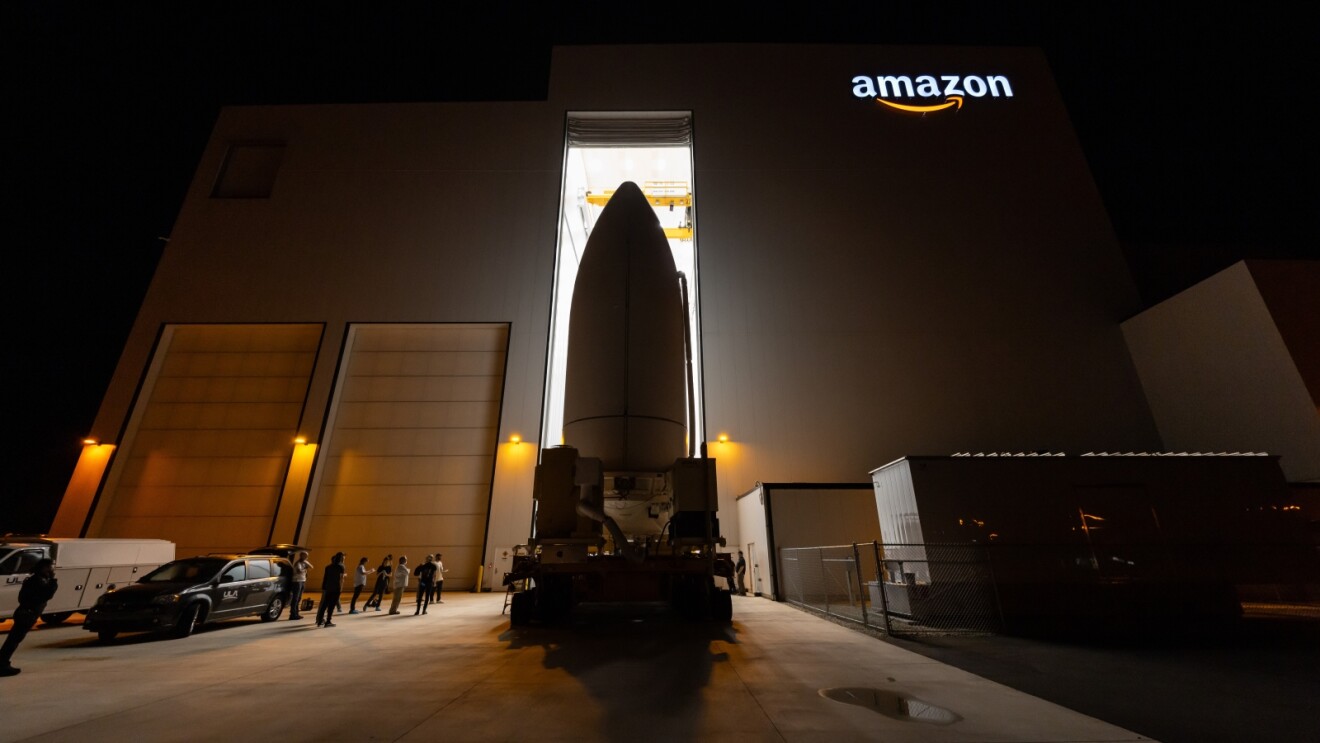Amazon is on the cusp of a major advancement in global internet connectivity with the upcoming launch of Project Kuiper, a groundbreaking initiative designed to bring high-speed, low-latency broadband to underserved communities worldwide. This pivotal mission, dubbed KA-01 (Kuiper Atlas 1), is scheduled for liftoff no earlier than 7 p.m. EDT on April 9 from Cape Canaveral Space Force Station in Florida.
Pioneering Internet Access from Space
Project Kuiper aims to build a constellation of over 3,200 low Earth orbit (LEO) satellites to deliver fast, reliable internet across the globe. The initiative is especially focused on reaching remote and underserved regions, bridging the digital divide with state-of-the-art satellite technology.
The KA-01 mission will deploy 27 satellites into an initial orbit 280 miles (450 kilometers) above Earth. Following deployment, these satellites will ascend to their final operational orbit of 392 miles (630 kilometers), orbiting the planet roughly every 90 minutes at speeds exceeding 17,000 mph (27,359 km/h).
A Historic Launch with ULA
The mission will be carried out using a United Launch Alliance (ULA) Atlas V 551 rocket—the most powerful configuration of the Atlas V series, equipped with five solid rocket boosters and a medium-length payload fairing. This configuration is necessary to carry Project Kuiper’s heaviest satellite payload to date.
The satellites aboard KA-01 represent a significant advancement over the prototypes tested during Amazon’s Protoflight mission in October 2023. The updated models feature enhancements across every system, including phased array antennas, processors, solar arrays, propulsion systems, and optical inter-satellite links. Notably, the satellites also include a special dielectric mirror film designed to reduce their visibility to ground-based astronomers.
A Vision Backed by Massive Launch Commitments
The KA-01 mission is just the beginning of Amazon’s extensive deployment plan. The company has secured more than 80 launches across several providers to deploy its initial satellite constellation. These include eight Atlas V missions and 38 flights aboard ULA’s next-generation Vulcan Centaur rockets, as well as over 30 additional launches with Arianespace, Blue Origin, and SpaceX.
“We’ve designed some of the most advanced communications satellites ever built, and every launch is an opportunity to add more capacity and coverage to our network,” Rajeev Badyal, vice president of Project Kuiper, said in a news release. “We’ve done extensive testing on the ground to prepare for this first mission, but there are some things you can only learn in flight, and this will be the first time we’ve flown our final satellite design and the first time we’ve deployed so many satellites at once. No matter how the mission unfolds, this is just the start of our journey, and we have all the pieces in place to learn and adapt as we prepare to launch again and again over the coming years.”
A Mission Beyond Launch
While the KA-01 launch marks a major milestone, it is only the beginning of a months-long mission. ULA will manage the launch and satellite deployment from the Advanced Spaceflight Operations Center at Cape Canaveral. Once the satellites separate from the rocket, the Kuiper operations team in Redmond, Washington, will assume control to manage the constellation.
The satellites will initiate a sequence of automated activation steps, enabling them to maneuver independently and establish communication with ground control. This will pave the way for the ultimate goal of delivering seamless internet connectivity, transmitting data between the internet, Kuiper’s ground infrastructure, and customer terminal antennas.
Looking Ahead
With the KA-01 mission paving the way, Amazon is already preparing for its next launch, KA-02, also scheduled to launch from Cape Canaveral aboard another ULA Atlas V rocket. This marks the beginning of a rapid expansion phase as Project Kuiper ramps up satellite production, processing, and deployment efforts.
Viewers can follow the mission through ULA’s official “Kuiper 1” mission page, which will feature real-time updates and a livestream beginning approximately 20 minutes before launch.
As Project Kuiper progresses, Amazon moves closer to realizing its vision of bringing affordable, high-speed internet access to communities across the globe—starting with a bold step into orbit.





Comments